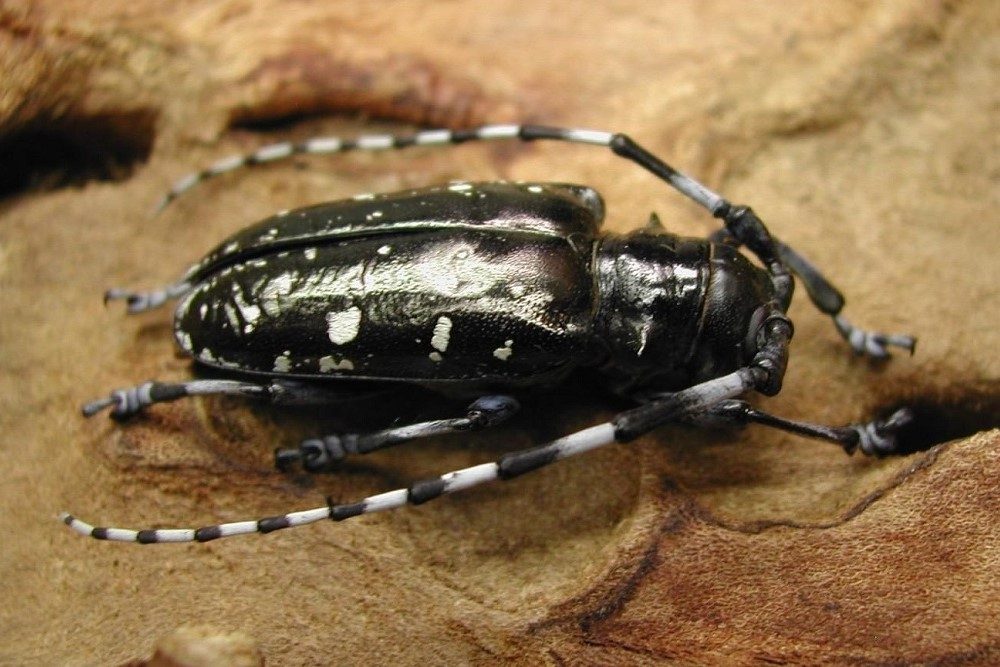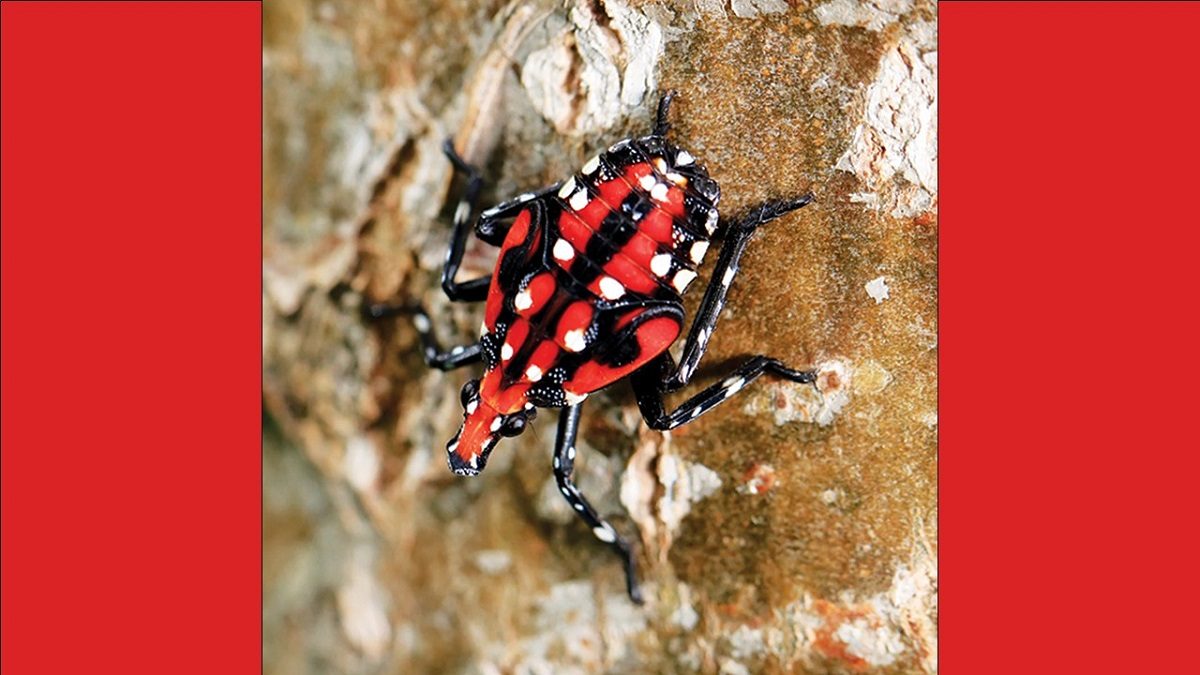Protecting Indiana’s Farms, Gardens, and Forests from Invasive Pests

The spotted lanternfly, Asian long-horned beetle, and Japanese Honeysuckle—Just a few of the invasive pests and plants you’ll find right here in Indiana! That’s why USDA wants to make you aware of the harm they can cause.
“Invasive insects and plant diseases, what we call ‘hungry pests’, cause damage to crops, agriculture and our forest trees.” says Kathryn Bronsky with USDA’s Animal Plant Health Inspection Service (APHIS). She says April is Invasive Plant, Pest, and Disease Awareness Month.
“We want to make sure that people are on the lookout for them, and also are able to report them if they see any signs of them.”
Bronsky says you could easily be transporting these pests and not even know it. She especially warns about the dangers of invasive pests hiding in firewood.
“Do not move untreated firewood, for example, do not bring firewood from your own yard to new areas,” says Bronsky. “The woodboring pests like Asian Longhorn beetle or the emerald ash borer can hide inside and people can accidentally, unknowingly bring them to new areas. So instead, we recommend you buy heat treated firewood or gather wood on a site where it’s permitted.”
She says there’s a special website you can check out to find out more and report invasive pests.
“We recommend you visit HungryPests.com. It’s a great website that shows pictures of what these pests and diseases look like. It gives information of where you can look in your own yard and make sure not to spread it to new areas. And it really does make a difference. Americans can do a lot to protect plant health and agriculture nationwide by taking these small steps to look out for them,” says Bronsky.
CLICK HERE learn more about invasive pests from the Indiana Department of Natural Resources (DNR).
CLICK BELOW for Hoosier Ag Today’s radio news report:

